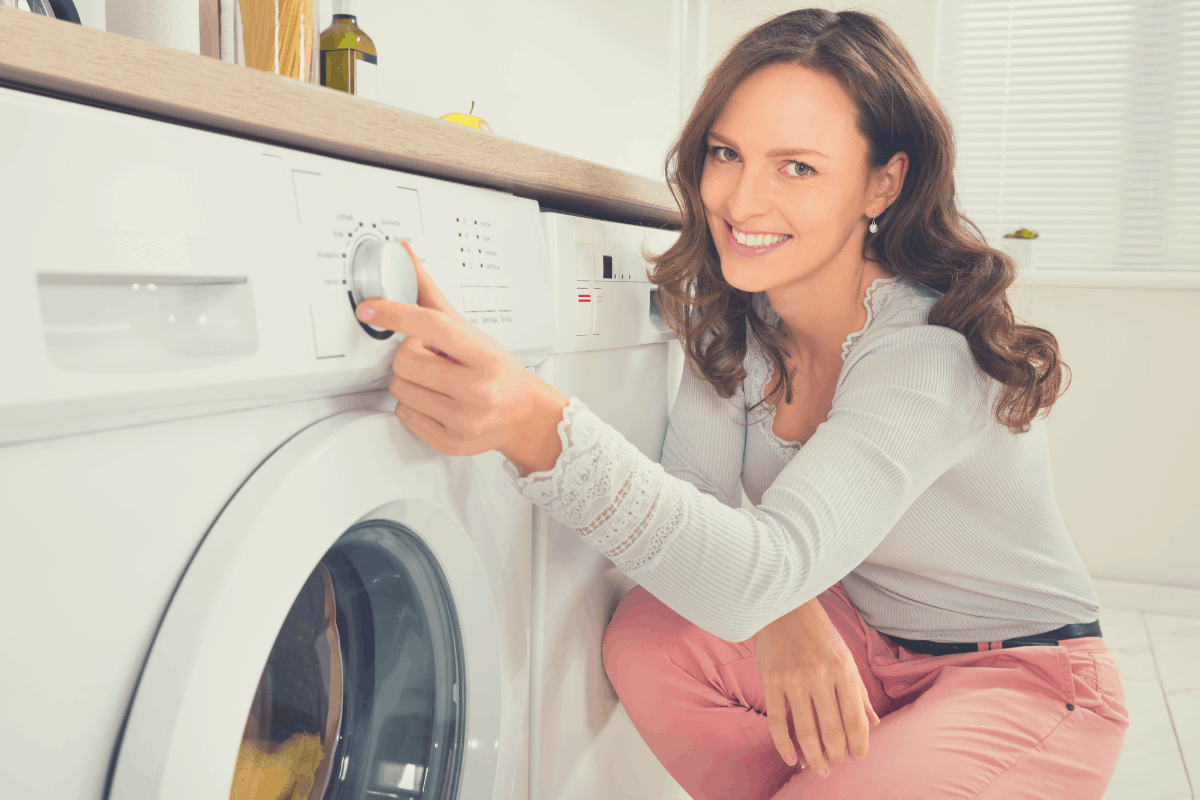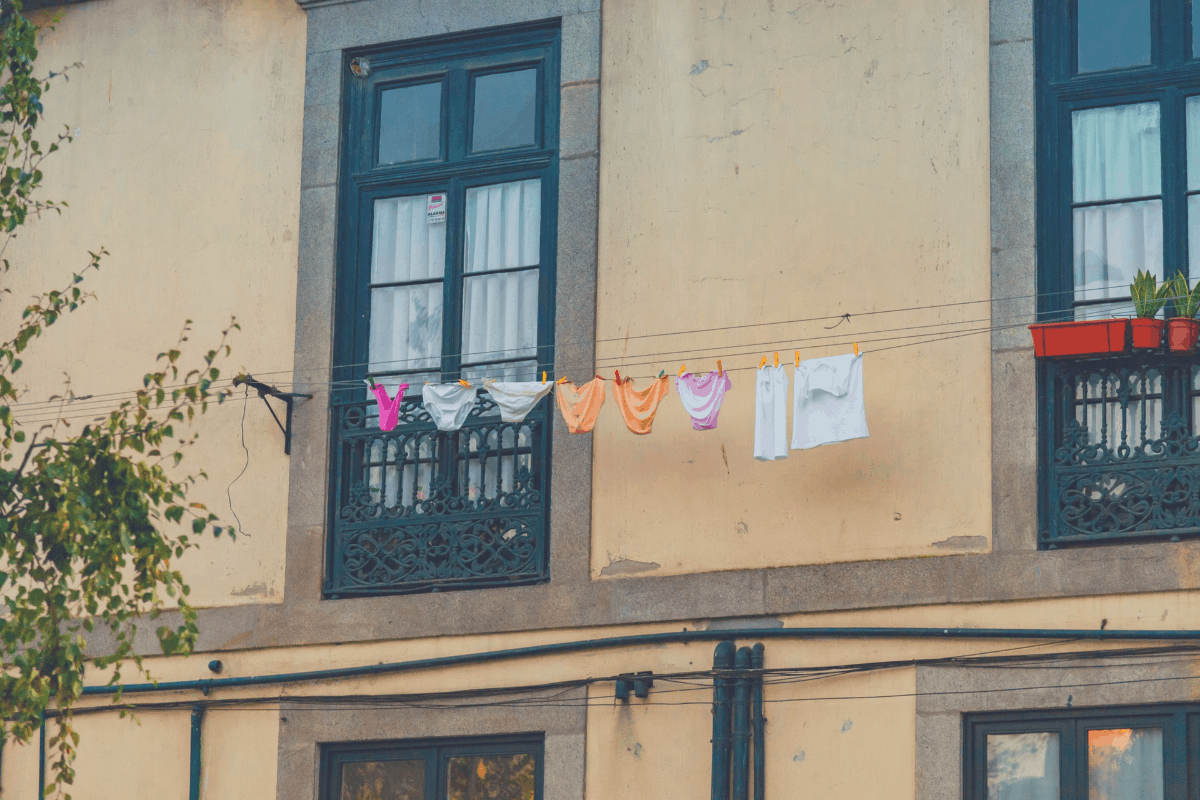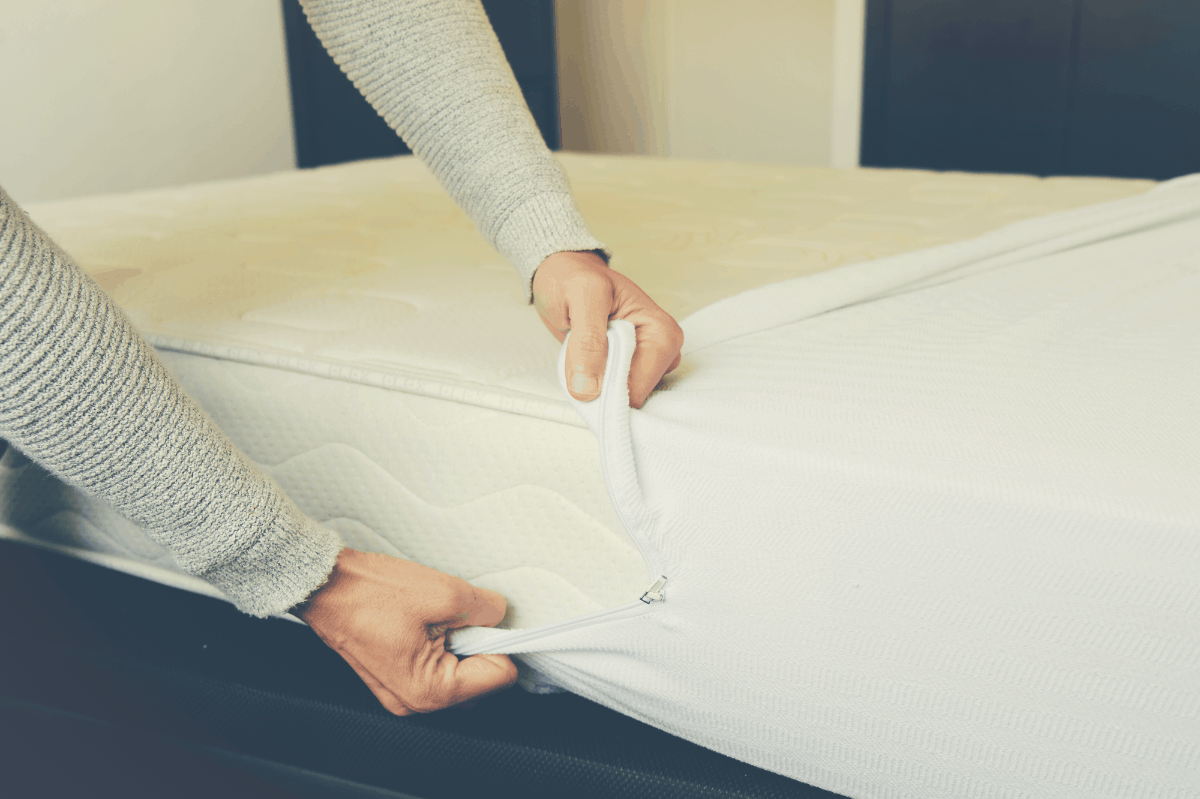Waterproof covers are a must-have for everyone thanks to their ability to protect mattresses from accidental spills as well as bodily fluids such as sweat and urine. For those who love eating in bed, these protectors can insulate the mattress from all sorts of food crumbs and spilled beverages.
Mattresses may be an expensive investment running into several thousand dollars which is why taking the necessary precautions to preserve its looks and feel can be so important. Unfortunately, the insulation nature of these covers means they may get dirty easily thanks to the exposure to dirt, dust mites, bacteria, urine, sweat, and other allergens that can have negative effects on the sleeper.
This is why washing them regularly is one of the keys to getting superior quality sleep. The bad news is that the majority of consumers are not even aware that these covers can be washed in the first place.
Thus, lots of dirt, dust, and bacteria usually build up on the mattress which can be detrimental to the sleeper’s health.
How To Wash A Waterproof Mattress Protector
Congratulations on the discovery that mattress protectors can be washed to freshen up and offer maximum performance. Here are step by step instructions to observe when doing laundry for these critical pieces of sleep accessories.
1. Read The Manufacturer’s Instructions
There’s no one-size-fits-all solution for washing waterproof mattress protectors. Each brand has specific instructions that must be followed to the core to ensure the chances of a successful wash without ruining the mattress cover.
This is why every protector on the market today comes with a care label. This label typically states specifically whether the protector is machine washable or not. It is almost unheard of to find a waterproof mattress cover that is “dry-clean” only but verifying that before proceeding to the next step can still be important.
If you cannot find the care label, a quick email to the manufacturer’s customer service department should straighten up any confusion.
2. Low Or Medium Heat Settings
More often than not, the care label will not only confirm that the protector can be machine washed but it also usually outlines the specific temperature for it. The majority of mattress protectors on the market specify 40 degrees but a few may come with a 90-degree maximum temperature.
Knowing the maximum machine washing temperature enables you to follow the manufacturer’s instructions to reduce the risk of disintegrating the often vinyl-made layer that offers waterproof properties for the protector.
This also prevents you from voiding the manufacturer’s warranty which can come in handy should anything go wrong with the waterproof mattress cover through no fault of yours.
Have you read the article we wrote on Can You Use A Mattress Protector With An Electric Blanket? Click here for deep insights on the topic as well as some dos and don’ts.
3. Use Regular Washing Soap
It is no secret that mattress protectors are exposed to lots of gross stuff including sweat, urine, and dead skin cells as well as potentially harmful organisms such as dust mites, bacteria, and allergens.
The temptation to use the strongest washing soap on the market to annihilate these particles can be high. However, regular washing soap is all you need to remove the stains and any harmful particles the cover may have been exposed to.
For urine-soaked mattress covers, a full washing cycle with white vinegar or baking soda is recommended before a second washing cycle with laundry soap. This should remove any lingering urine stench from the protector so it can smell fresh again.
4. 1-hour Washing Cycle

A small percentage of manufacturers specify the exact number of hours their waterproof mattress protectors should be washed. If you purchased from one of those brands then you’re in luck because there will be no guesswork involved in determining how long to leave it in the washer.
However, a 1-hour washing cycle is typically the standard for waterproof mattress protectors. As long as you follow the temperature and washing soap instructions, any dirt particles, and harmful organisms should be removed from the mattress cover without problems.
Remember, over-washing these protectors can speed up its wear and tear forcing you to shop for a new one sooner rather than later.
5. Feel Free To Add Other Clothes
Can you wash a mattress protector with other clothes? The answer is yes, dirty clothes that require washing within similar temperatures can be combined with a waterproof mattress protector.
Towels, in particular, are popular as the majority of them come with similar washing instructions as mattress covers. However, keep in mind that new clothes lose some of their dye during the first time of washing.
The last thing you want is for your protector to pick up a different dye color from brand new clothes. Thus, you should avoid combining brand new deep-colored fabrics with a protector during a washing cycle.
How To Dry A Waterproof Mattress Cover After Washing

After a successful washing of your waterproof mattress cover, the next logical step is to dry it. There are 2 main drying options so let us take a look at what each entails.
Tumble Dry: Waterproof mattress covers can be tumble dried without problems as long as you’re willing to take the necessary precautions. The first step is to choose a low-to-medium heat setting. This may seem like a slow and painful wait but the rewards can be worth it. Selecting a high heat setting can backfire spectacularly by causing irreparable damage to the waterproof membrane integrated into these covers.
Choosing a high heat setting can get the drum inside the tumbler so hot that any contact with the waterproof vinyl layer can ruin it beyond repair. But whatever setting you choose, take the waterproof mattress cover out as soon as the dryer door unlocks.
Drying Line: Mattress protectors can be dried from a washing line if tumble drying is not an option. However, always make sure the waterproof membrane is hanged to make direct contact with the line to ensure that any pegs used to keep the cover secure does not end up destroying the waterproof membrane.
The SafeRest Premium Hypoallergenic Waterproof Mattress from Amazon offers protection against dust mites, molds, bacteria, and allergens. It features a waterproof cotton terry membrane surface that is noiseless and breathable.
Precautions To Take When Washing Mattress Covers
Washing a waterproof mattress cover requires lots of patience and attention. Here are a few precautions that can be taken to maximize the chances of washing the mattress covers successfully.
1. No Bleaching
Bleaching is a big no regardless of how dirty your mattress covers can be. Bleach may disintegrate the waterproof vinyl membrane ensuring that the cover loses its ability to protect the mattress from liquid spills.
This means urine, sweat, and other liquid spills will probably make direct contact with the mattress whenever there’s an accidental spill.
2. No Hot Water Cycles
Choosing hot water cycles can be another mistake when washing waterproof mattress covers. Remember, the hot temperature can ruin the vinyl membrane resulting in the inability to offer maximum protection for your mattress.
3. No Dryer Sheets
Dryer sheets ensure that clothes are wrinkle-free and lint-free. However, washing your waterproof mattress with dryer sheets can cause significant wear and tear at the minimum. This can stand in the way of getting the best bang for your buck.
4. No Ironing
No matter how wrinkled your mattress protector may look after washing, ironing it can be a big problem. As you’re probably aware by now, heat does not mix well with the waterproof membrane in a mattress.
Conclusion
Washing a waterproof mattress cover can be a complicated process that requires a lot of patience and skill. It is always important to follow the care label instructions to ensure the cover ends up preserved during and after the washing process.
Make sure to choose low-heat settings and keep note that often, a 1-hour washing cycle is enough to eliminate all stains, dirt, bacteria, and allergens.
